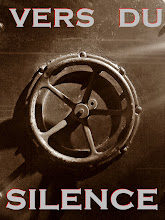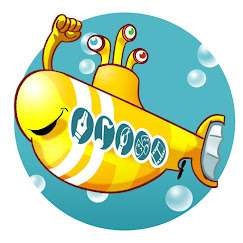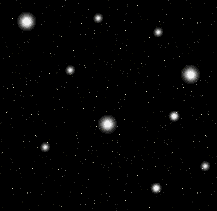
"John Olsen is trained as a house painter. In 1959 he apprenticed to Den Kongelige Porcelænsfabrik, where during his years of apprenticeship he was entrusted with increasingly demanding assignments – he painted among others bird and animal motifs onto the factory’s dinner sets. In 1960 he was admitted to Kunstakademiets Billedhuggerskole (School of Sculpture of the Royal Danish Academy of Fine Arts) in Copenhagen. From 1965 he also attended courses at Grafisk Skole (School of Graphic Arts).

Living and working in close harmony with nature, John Olsen draws on nature for his work. Here he gets inspiration, motifs and materials. He often takes up unimpressive details that are easily overlooked, but which in his pictures are transformed into structures with a beauty all of their own. In his graphic works these motifs may be close-up studies of rocks in Iceland or the Faroe Islands, flocks of birds in the water, or studies of living and dead birds and animals. In paintings and photographs close-up studies of e.g. birds or snow-covered grass.

Nature also concretely supplies materials for John Olsen’s works. He is an inveterate collector of dried carcasses, strange knotty branches, animal skulls and bones, stuffed birds and bird’s eggs. The litter of modern civilisation from the rubbish dump, objects found in the jumble of the flea market and medical preparations in spirits are gathered and used as raw material for John Olsen’s artistic activities.

All of these finds are put together in glass cases reminding of the cabinets of curiosities of former times. In these cases of surprise and cabinets of wonder, difficult to embrace for their throng of objects, new surprising wholes and meanings are created. Colour and texture are juxtaposed thereby calling the attention of the spectator to the beauty of decay.

In John Olsen’s pictures of the decay and destructiveness of nature, death and weakness become present. The pictures do not only, though, focus on the frightful and sinister aspects of death. Death and decay also hold a sort of beauty. Just as death in nature is a precondition of the continuance of life, John Olsen arouses the dead objects and turns them into art.

In 1995 John Olsen represented Denmark at the Biennale in Venice, where he exhibited the large sculpture ”Resonans” (“Resonance”) – inspired by an armadillo shell, which can be seen in the Cabinet of Wonder. A bronze copy of ”Resonans” is exhibited in the museum garden. Furthermore a range of the artist’s painted tiles can be seen in the town hall of Holstebro."
Text source :
HOLSTEBRO KUNSTMUSEUM
Icon source :
CHAUDRON

























